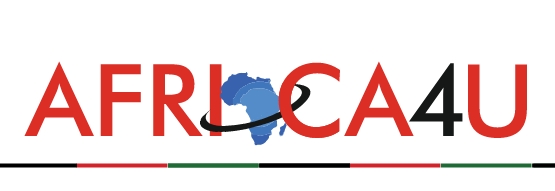(3 Minutes Read)
This increase was primarily driven by the recovery of diamonds, gold, coal, and building materials. Notably, gold accounted for 79.4 per cent of the total value of mineral recovery and saw a 27.8 per cent rise, influenced by both increased quantity and higher prices.
Tanzania’s value of mineral recovery rose by 24.3 per cent to USD 1 billion (Sh2.6 trillion) for the quarter ending in September last year, compared to the same period the previous year.
This increase was primarily driven by the recovery of diamonds, gold, coal, and building materials. Notably, gold accounted for 79.4 per cent of the total value of mineral recovery and saw a 27.8 per cent rise, influenced by both increased quantity and higher prices.
Stakeholders have expressed optimism about the sector’s performance, citing the central bank’s purchase of gold and market facilitation efforts that have helped curtail mineral smuggling.
However, they stressed that further action is needed from both the government and the private sector. There is a strong call for accelerating new projects to ensure ongoing production, conducting more research into other areas, and enabling small-scale miners to enhance their output.
Additionally, they underscored the importance of encouraging neighbouring countries, such as the Democratic Republic of Congo, to process their minerals locally.
According to the Consolidated Zonal Economic Performance report released by the Bank of Tanzania for the period ending in September last year, the value of coal experienced an 11 per cent increase, driven by high demand, particularly from India, Pakistan, Comoros, Kenya, the Democratic Republic of Congo, and the Netherlands.
The rise in diamond value was attributed to the resumption of production at the Williamson Diamond Mines.
The value of minerals traded at market centers surged by 38.9 per cent to Sh952.4 billion compared to the corresponding quarter of 2023, largely due to higher gold prices in the global market.
Gold continued to dominate, making up 96.5 per cent of the total value of minerals traded at market centers. All zones saw an increase in minerals traded, except for the Central Zone, which remained relatively unchanged.
A source, who sought anonymity, told The Citizen that the mineral sector remains vital for the country’s economic growth and the influx of foreign currency.
Read Also:
https://trendsnafrica.com/tanzania-launches-mwanga-korogwe-water-project-in-kilimanjaro/
Chairman of the Tanzania Chamber of Mines Philbert Rweyemamu acknowledged the sector’s positive progress but stressed that the government should expedite negotiations for new projects, such as Nyangaza, which was expected to begin operations four years ago.





